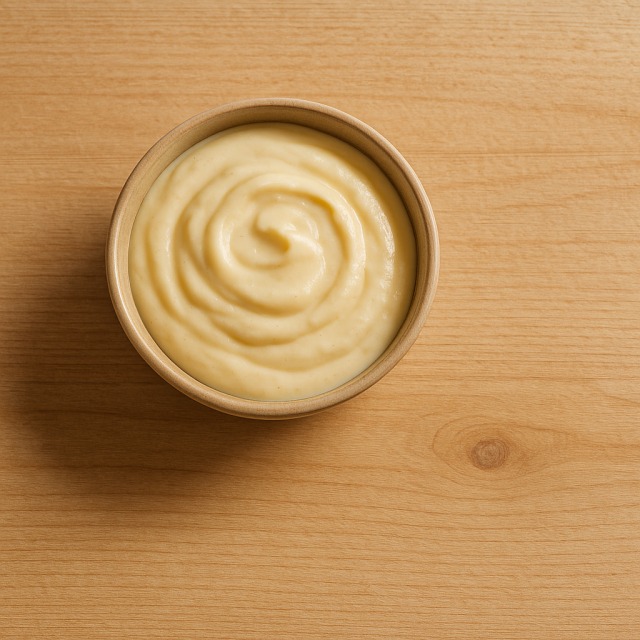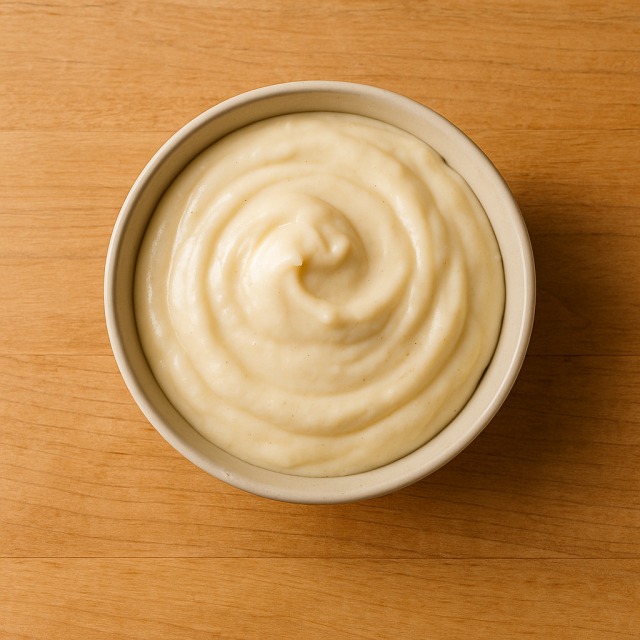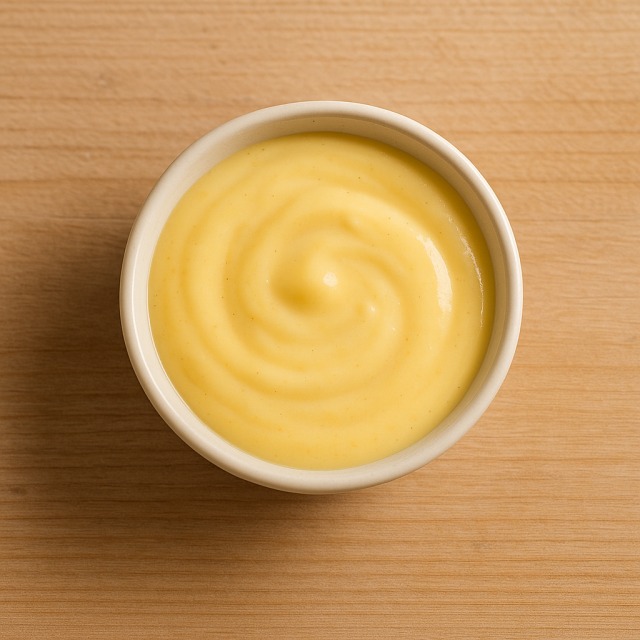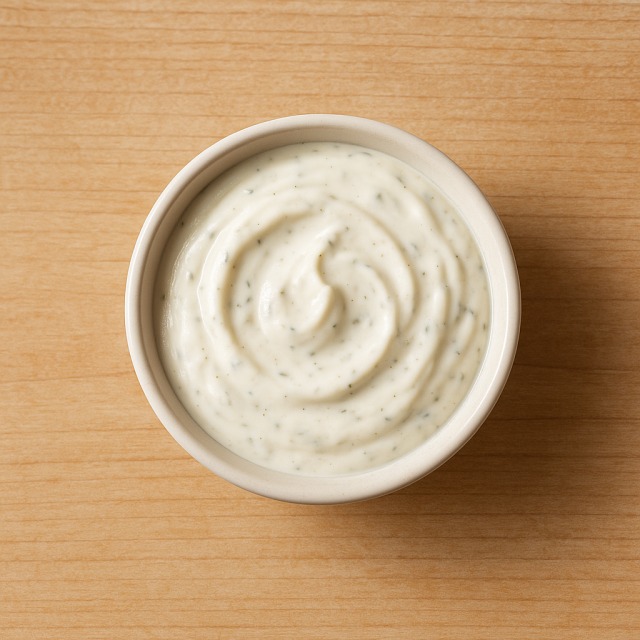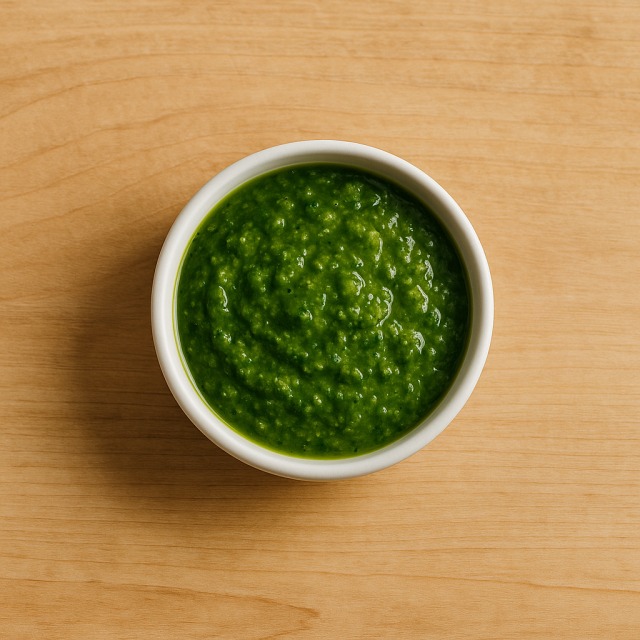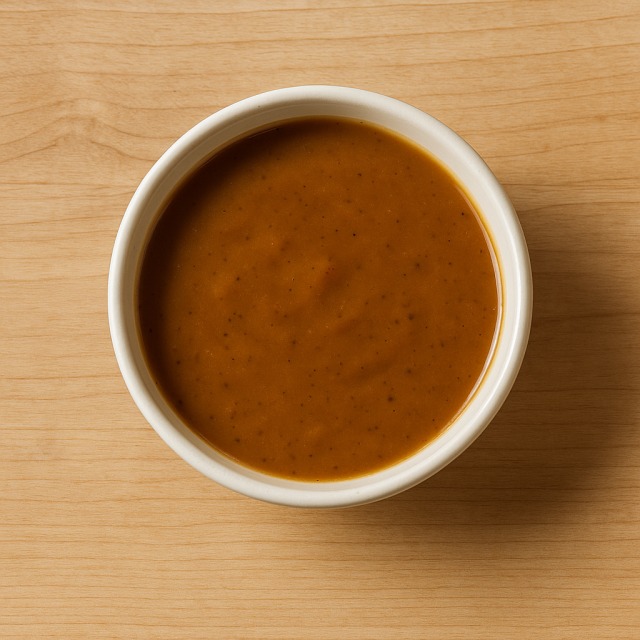Calorie Chart / Seasoning & Sauces / Red wine sauce
How Many Calories Are in Red wine sauce?
Calculation of the nutritional value & Recommended Dietary Intake of red wine sauce
For g and a calorie requirement of kcal
| Calories 12 kcal | Proteins 0.1 g | Lipids 0.4 g | Carbohydrates 2.1 g |
| 1% | 0% | 1% | 1% |
Health benefits of red wine sauce
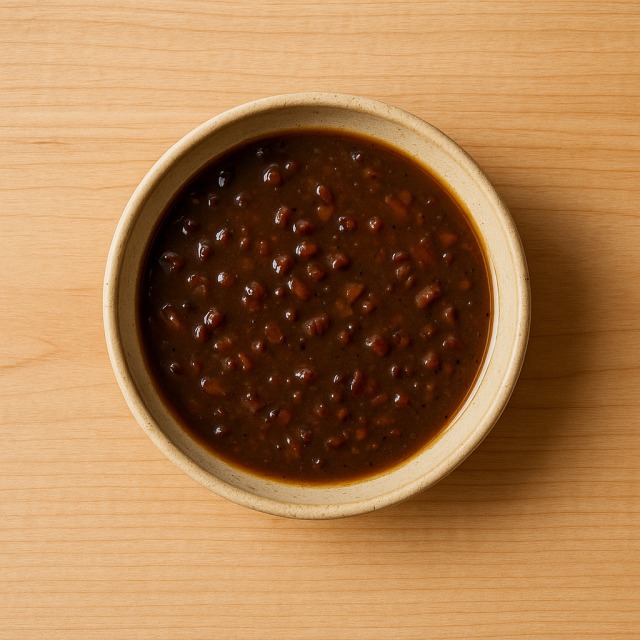
Red wine sauce - 100g
Calories 80 kcal
Proteins 0.8 g
Lipids 2.4 g
Carbohydrates 13.8 g
With around 80 kcal per 100 g, red wine sauce is regarded as a moderate-calorie condiment: it delivers rich flavour without the calories of cream-based preparations that can easily triple the calories of a meal.
The gentle reduction of red wine concentrates polyphenols such as resveratrol and quercetin, compounds often highlighted for their antioxidant and supposed cardio-protective effects ("supposed" because scientific consensus is still evolving). You also obtain traces of potassium, manganese, and a hint of iron coming from the wine and the meat stock typically used.
Because the sauce is simmered for several minutes, more than half of the alcohol evaporates, so you keep aroma rather than ethanol—useful when you want taste, not alcohol, and are still watching calories.
Historically, red wine sauce—sometimes called "sauce bourguignonne"—appeared in 19th-century French cuisine and became inseparable from dishes like beef bourguignon. Its deep ruby colour comes from anthocyanins, pigments that also act as antioxidants.
Tips for incorporating red wine sauce into a balanced diet
For a balanced plate, drizzle red wine sauce over a lean protein such as beef steak or duck breast, add steamed broccoli and a small serving of whole-grain rice. You gain complexity of taste while keeping calories under control.
Athletes monitoring both carbohydrates and calories can swap starchy sides for sautéed button mushrooms or grilled zucchini; the sauce's 13.8 g of carbs per 100 g are easy to log into a daily calorie budget.
Recipe ideas: prepare a lighter version of beef bourguignon by trimming visible fat, create a vegetarian quinoa and lentils patty topped with the sauce, or finish a seared pork tenderloin by deglazing the pan with a ladle of red wine sauce instead of cream—an easy way to save calories.
Frequently Asked Questions
- How many calories are in red wine sauce?
- Red wine sauce provides 80 kcal per 100 g.
- Is red wine sauce high in fat?
- No. It contains only 2.4 g of lipids per 100 g, making it far lighter in calories than butter-based sauces.
- Does red wine sauce still contain alcohol after cooking?
- Most of the alcohol evaporates during a 10–15 minute simmer; residual levels are usually below 5 % of the original quantity.
- How can I reduce the calories even further?
- Use a fat-free stock, skim off any surface fat, and thicken with a small amount of cornstarch instead of butter or cream—each tweak shaves calories.
- Is red wine sauce suitable for gluten-free diets?
- Yes, provided you thicken it with cornstarch or rice flour rather than wheat flour.
Similar foods
Information provided by Calorie Menu may contain inaccuracies or errors. It cannot, under any circumstances, substitute medical advice or medication.
